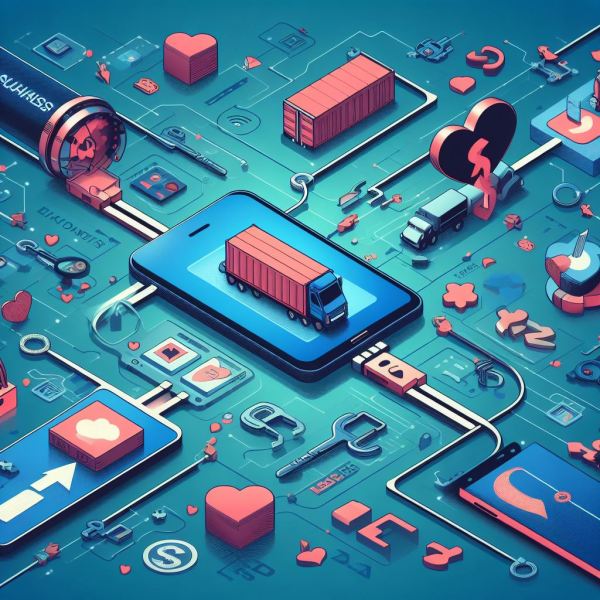Appian's Data Fabric empowers organizations by seamlessly integrating and accessing data from diverse sources. Its key features include data integration, connectivity with various data sources, powerful data transformation capabilities, data virtualization, governance and security features, unified data views, and real-time analytics. This comprehensive tool enhances decision-making and streamlines business operations, fostering efficiency and effectiveness.
Transferring Data from One Part to Another
This blog post discusses the importance of efficient data transfer in applications, particularly in the context of e-commerce and dating sites. The author outlines the process of data transfer, highlighting four key steps: identifying the source and target containers, retrieving desired data, transferring it, and confirming transfer. Moreover, it underlines the significance of optimizing these processes for SEO to improve user experience and site ranking. The post ends with a code snippet illustrating data transfer between two points.
Dynamic Movements of Rows in Appian
Appian's low-code platform stands out for rapidly creating robust applications with minimal coding. One key feature is the dynamic movement of rows, empowering users to manipulate data presentation. This enhances user experience, streamlines data management, and allows real-time updates. Use cases range from task and workflow management to catalog and project planning, making it a versatile tool for app development.
Widely Used Updates in Latest Version
Appian 23.2 delivers several improvements to help developers build apps and automate workflows faster and easier: 1. AI Skills Appian has introduced AI Skills, which allow developers to embed AI into their apps using a low-code approach: AI Skills include Document Classification, Email Classification, and Document Extract Developers can build, train, and deploy ML models... Continue Reading →



